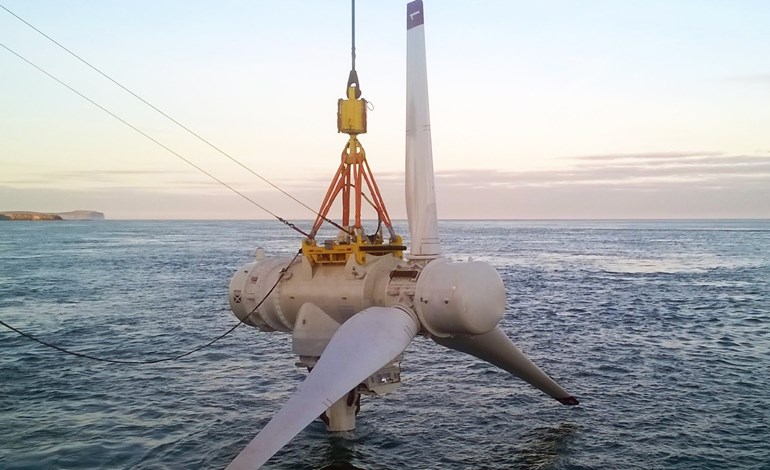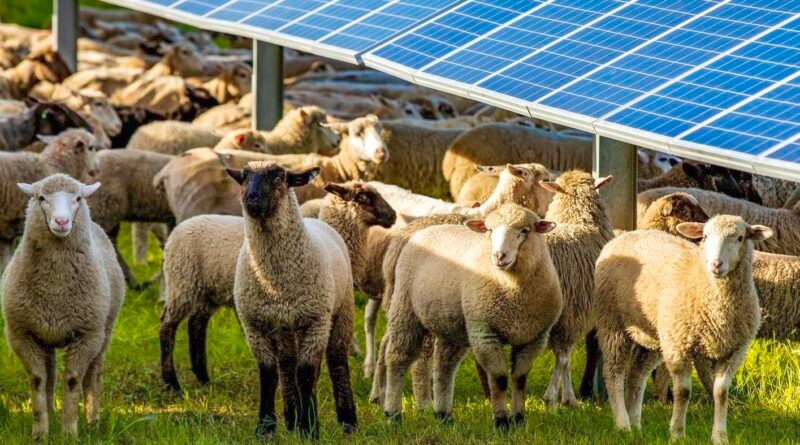November 5 NEC Energy News
¶ “Creative Tidal Projects Could Bypass Scottish Grid” • A novel approach to using locally generated energy from tidal energy projects could help businesses and homes near the coast of Scotland be less reliant on fossil fuels, by removing the need to wait for greater grid capacity. A study shows how communities could connect directly to tidal power projects. [reNews]

¶ “Rare Bees Foil Meta’s Position In Data Center Arms Race” • Plans for Mark Zuckerberg’s Meta to establish a nuclear-powered AI center in the US have been disrupted due to a discovery of a rare bee species on the land targeted for the project. Meta aimed to partner with an existing nuclear power plant to secure carbon-free power for a new data center. [City AM]
¶ “Ingka Investments Brings Live First French Solar PV Park” • Ingka Investments has brought online its first solar PV park in France, expecting the plant to generate roughly 23 GWh of green electricity each year. Ingka Investments has a portfolio of seven wind farms in France. Its goal is 100% renewable electricity, and France is mostly nuclear powered. [Renewables Now]
¶ “If Your Sweater Feels Better, Thank An Agrivoltaic Project” • Solar developers are beginning to tap the emerging field of agrivoltaics to help build community support for new solar projects in rural areas. They have a powerful case. Researchers found evidence that grazing among solar panels can help improve the quality of wool. [CleanTechnica]

¶ “BYD Added A Tesla-Worth Of Production Capacity Over The Past Three Months” • A post citing the executive vice president of BYD says that automaker added production capacity of nearly 200,000 vehicles per month in the third quarter of this year. This is more than four times Tesla’s monthly production in that quarter. [CleanTechnica]
¶ “3-D Printed Concrete Enlisted For Futuristic Subsea Energy Storage Demonstration” • For all the excitement over new kinds of batteries, pumped hydropower is still by far the largest form of energy storage in the US. It has been around for 100 years or so, and it could stay dominant, with modularity, 3-D printing, and subsea construction. [CleanTechnica]
For more news, please visit geoharvey – Daily News about Energy and Climate Change.
